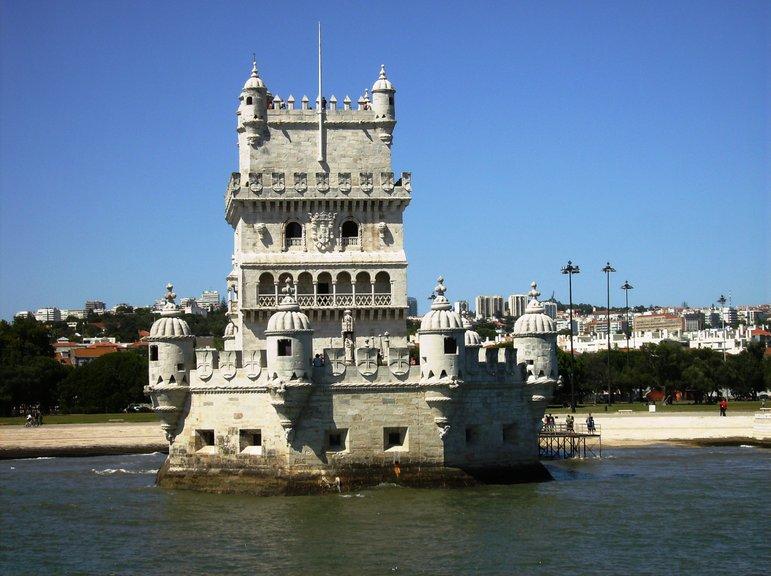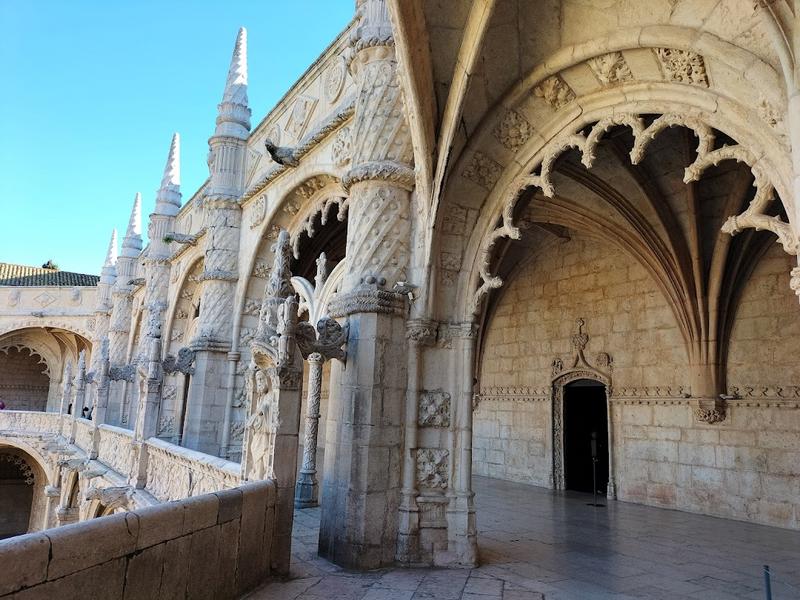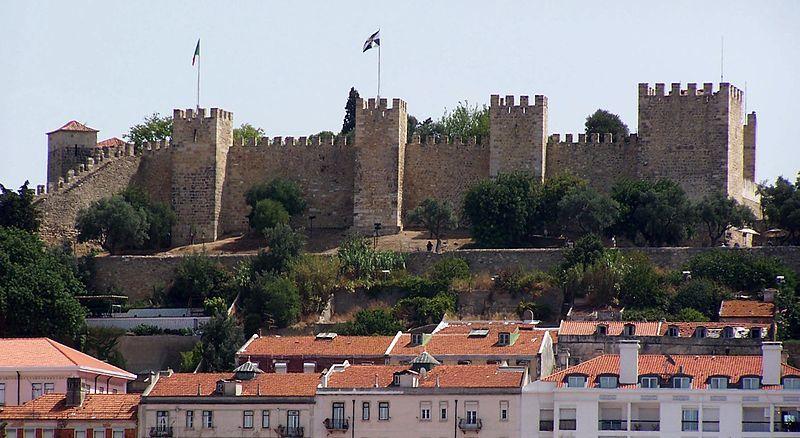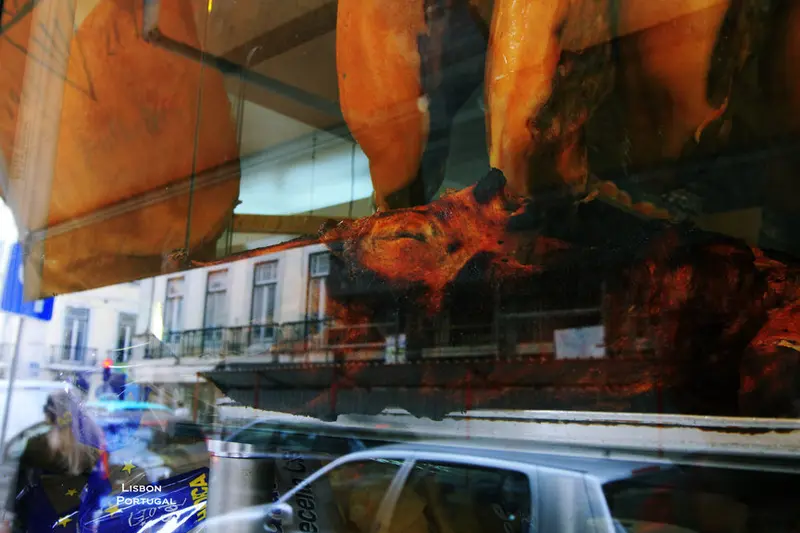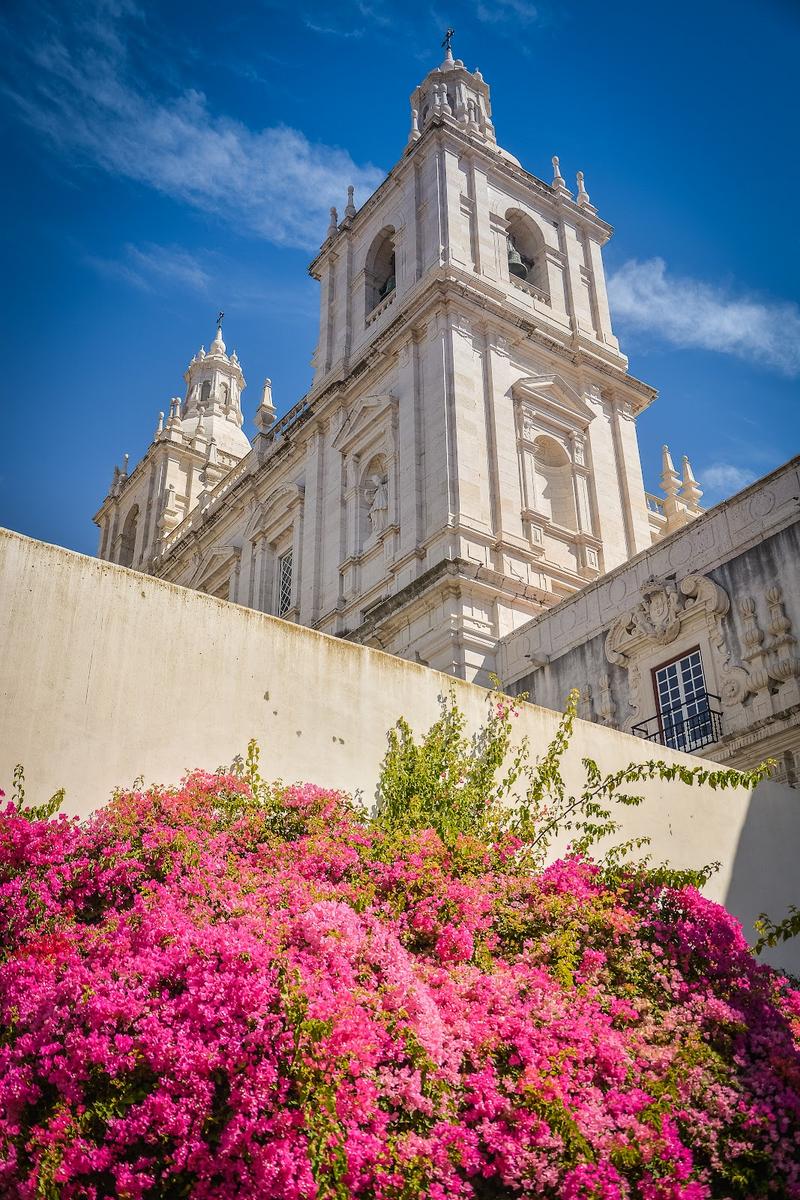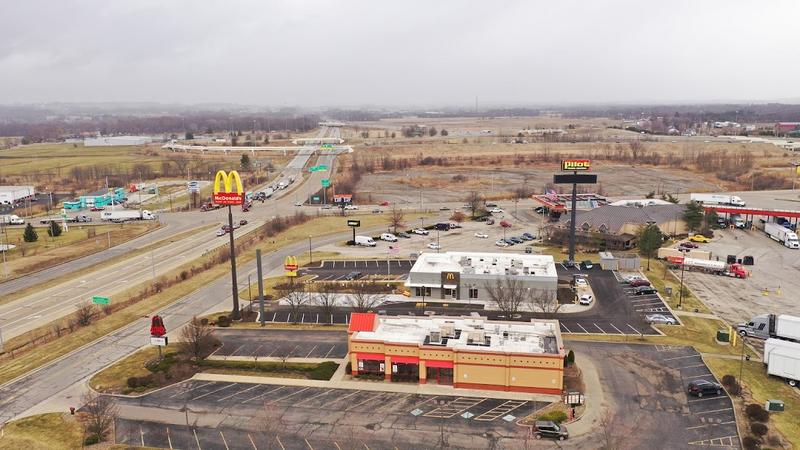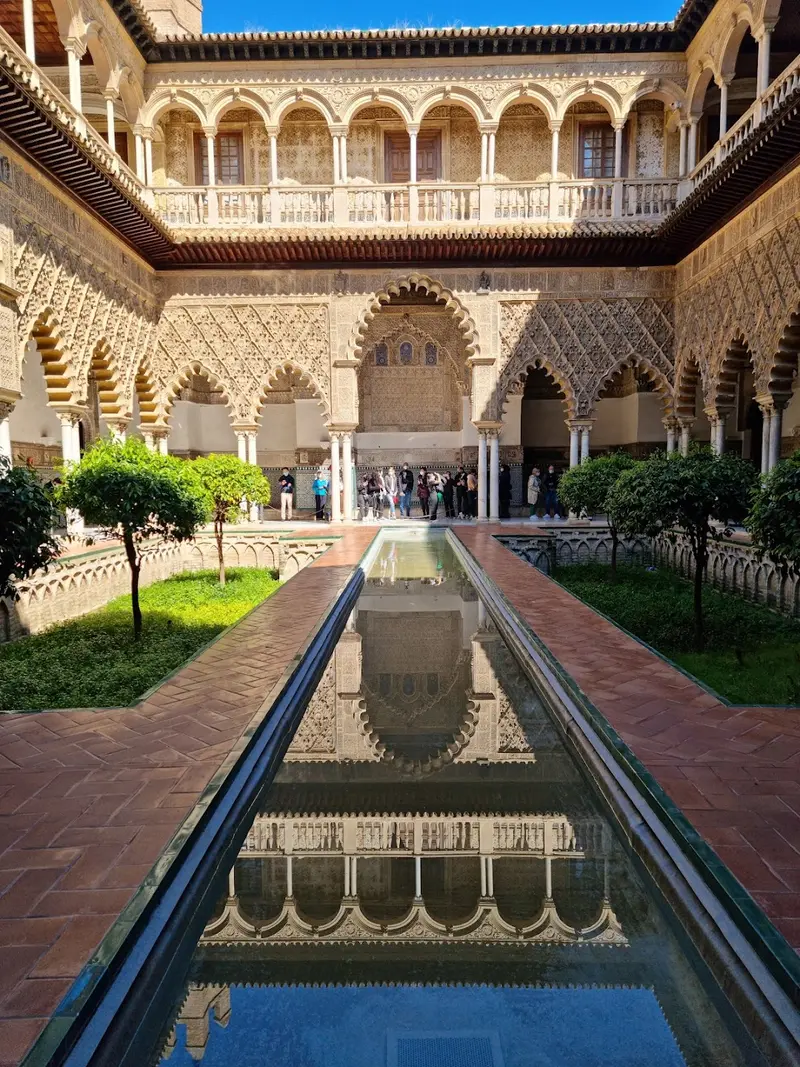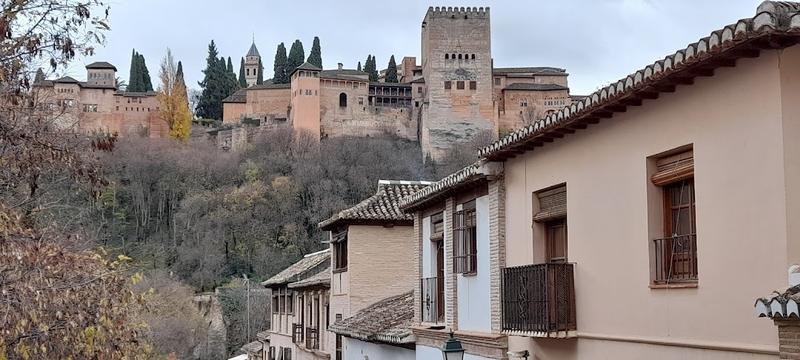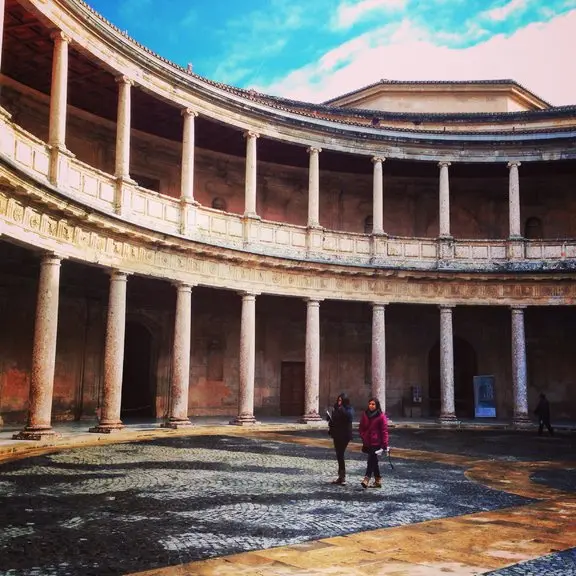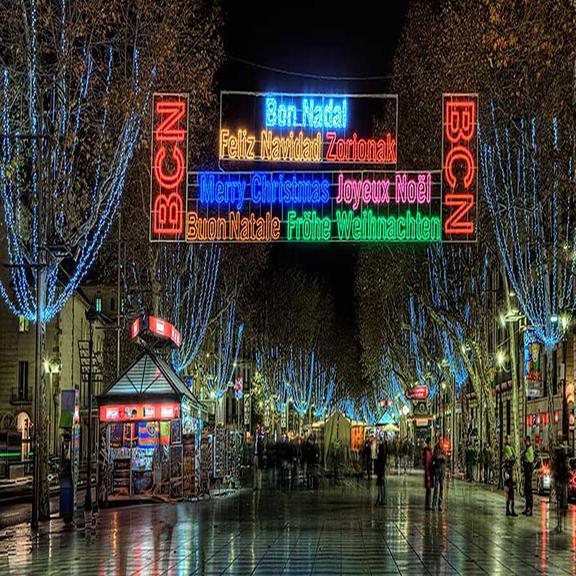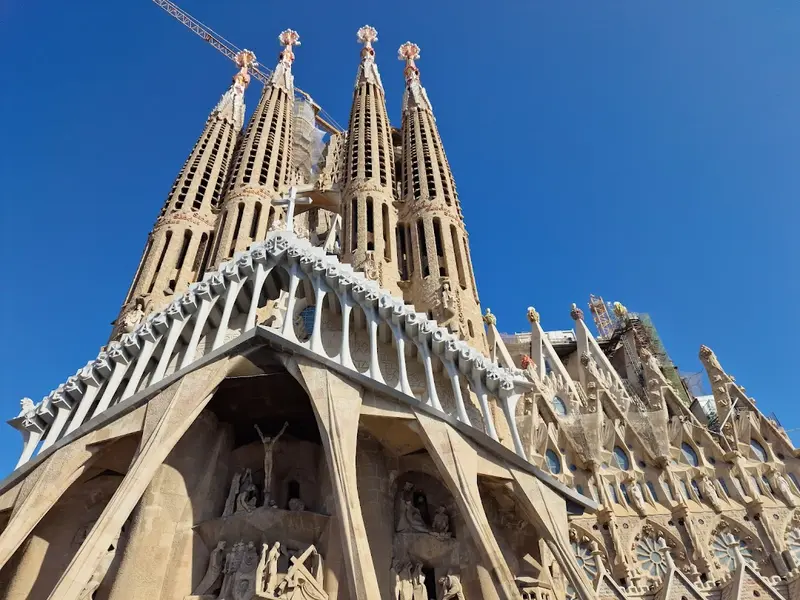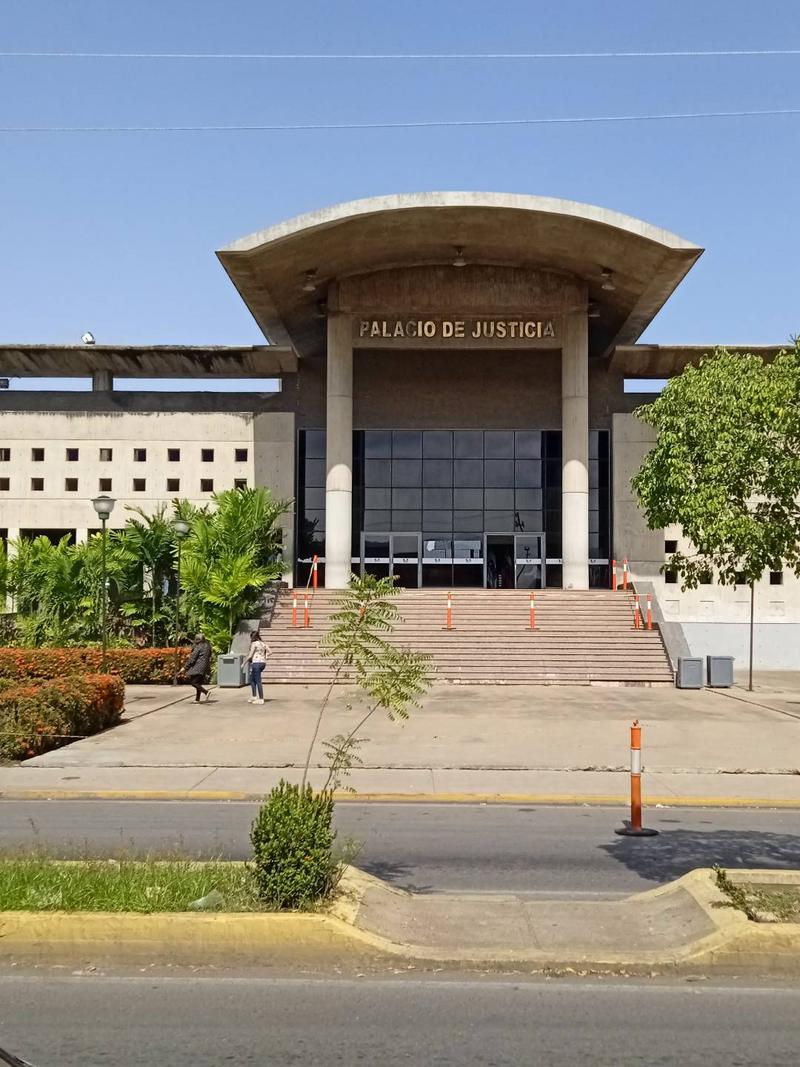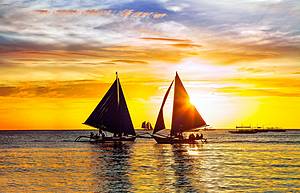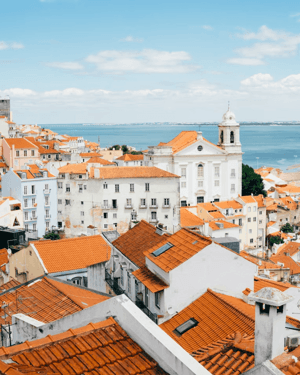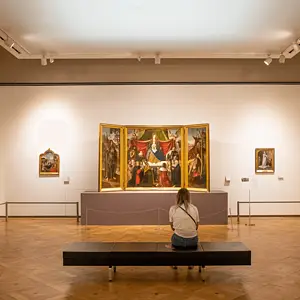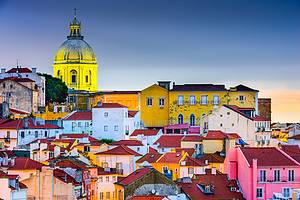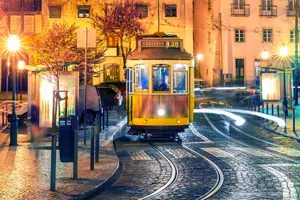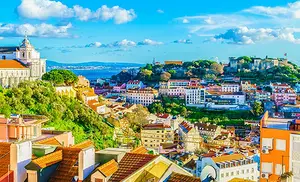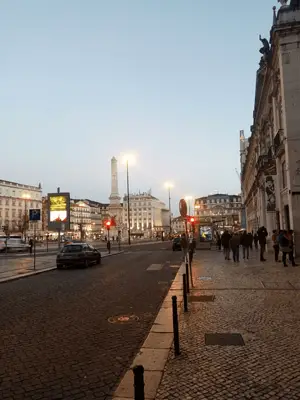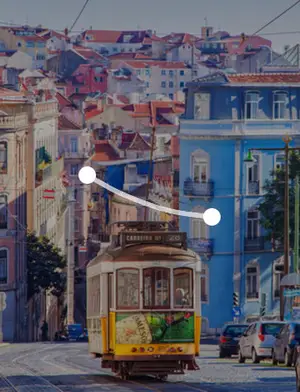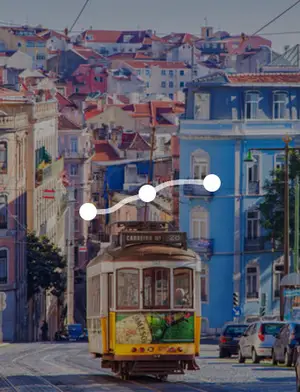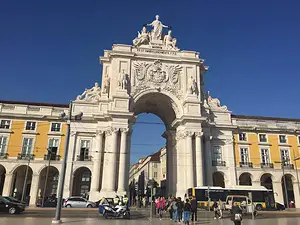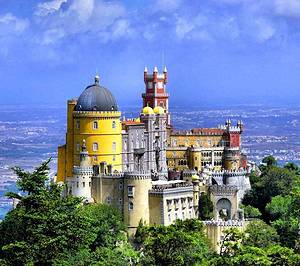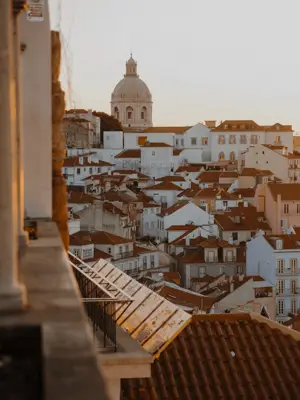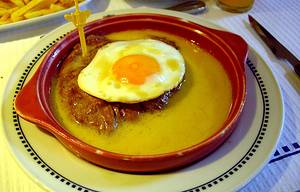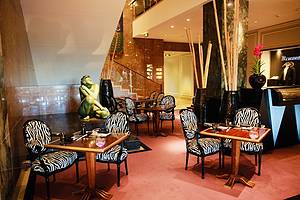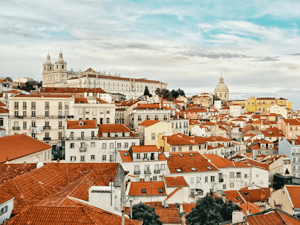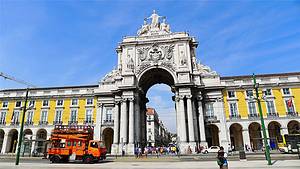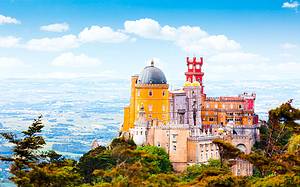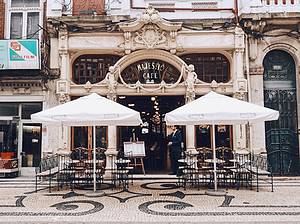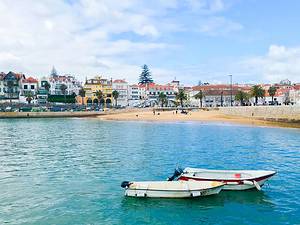Lisbon to Barcelona Self-Driving Tour Plan
6 cities |
13 attraction(s) |
total distance 20650
km
 TIPS
TIPS
Day1
Day2
Day3
Day4
Day5
Day6
Day7
Day8
Day9
Day1: Lisbon
2 attraction(s) ·
2 km
1
The Belém Tower is a historic five-story defense structure built between 1514 and 1520, located in the Belém district of Lisbon, Portugal. Initially used to defend the port and monastery, it later served as a customs, telegraph tower, and lighthouse and was also the starting point for many Portuguese expeditions. The tower houses eerie dungeons and 16th-century cannons and has even been used to detain important political prisoners. The tower is divided into two parts: the tower and the bulwark, which has many gun positions and storage rooms. There are 16 gun positions along the wall for defense. The tower also has four arched rooms, namely the officer's room, the king's room, the audience room, and a small chapel. The entrance is on the south-facing wall, and the facade features excellent stone carvings. The tower's overall design combines battle and life, which helps protect the cannons, drain accumulated water, and disperse gunpowder. The tower houses many historical relics, including 16th-century cannons and Manueline-style symbols. In 1983, the Belém Tower was formally recognized as a UNESCO World Heritage Site, and in 2007, it was rated as one of the Seven Wonders of Portugal.
2
km
2
Late Gothic Manueline-style monastery housing archaeology & maritime museums in its wings.
Day2: Lisbon
2 attraction(s) ·
1 km
1
One of the oldest and most important sights in Lisbon is the castle located in the Alfama district, built on the highest point of the area and preserving the neighborhood known as Santa Cruz. The castle's history dates back to the 6th century BC, when it was built by Celts in the 5th century, fortified and transformed into a palace by Moors and Christians. It covers an area of 6,000 square meters and is a very important strategic high point that was occupied by rulers of different eras and even used as a barracks and prison. Throughout history, the king received heroes here, but it was not until the early 16th century when King Manuel I built another palace on the banks of the Tagus River that the castle exited the historical stage. The castle was destroyed by earthquakes several times, but after its renovations in 1940, it became even more spectacular. The castle has 11 towers and a dry moat, and it preserves many ruins, such as the House of Odysseus and Agiular, as well as the multimedia projection hall Olisipónia, which is located inside the tower. Additionally, the castle was once the site of an orphanage, and it is particularly disturbing that the orphanage was exposed as the site of the largest ever abuse scandal in its early century. However, the castle's viewing platform is an excellent place to overlook the Lisbon city center and the Tagus River, making it an excellent choice for watching the sunset, and it is definitely worth a visit.
1
km
2
Alfama is located on the hillside between the São Jorge Castle and the Tagus River in Lisbon, and is one of the oldest neighborhoods in the city. The area gets its name from the Arabic word Al-hamma, which means "fountain" or "bathroom". Alfama is an important gathering place for historical landmarks and Fado bars and restaurants. During the Moorish rule, Alfama was the center of the entire city of Lisbon. As the city expanded westward to the Baixa area, Alfama gradually became a residence for fishermen and the poor.
Day3: Lisbon > Seville
2 attraction(s) ·
6039 km
Day4: Seville
1 attraction(s) ·
0 km
1
Landmark Moorish royal palace with fountain-filled gardens, ornate arches & 16th-century tiles.
Day5: Granada
1 attraction(s) ·
0 km
1
Day6: Granada
1 attraction(s) ·
0 km
1
The name of the Alhambra Palace comes from the Arabic word for "red fortress" and is located on the Nevada mountain. It is a typical example of Arab-style palace courtyard architecture. This palace was included in the UNESCO World Cultural Heritage List as early as 1984. The main visiting areas of the Alhambra Palace include the Alcazaba, the Palacios Nazaríes, the Generalife, the Baño de la Mezquita, and the Jardines, showcasing the magnificent scenery of the perfect combination of Islamic gardens and architecture.
Day7: Barcelona
1 attraction(s) ·
0 km
1
La Rambla is one of the liveliest streets in Spain and is also known as the "The Wanderer's Street" in the works of Yu Qiuyu. It attracts performance artists and tourists from all over the world. During the day, La Rambla is a paradise for street art and food, with the famous Boqueria Market located on the side of the street. After midnight, it becomes a playground for Barcelona's nightlife, especially in the La Raval area to the west, where there are various themed bars.
In addition, La Rambla connects Plaza de Catalunya and the Mediterranean Bay. Walking along La Rambla to the beach in the Mediterranean sunshine will give you a firsthand experience of Barcelona's colorful and joyful atmosphere! If you don't like crowded crowds, you can also choose to explore the historical Gothic Quarter to the east or La Raval area beloved by hippies (often with their own pets) on both sides of the street. But be sure to keep an eye on your wallet and valuables.
Day8: Barcelona
2 attraction(s) ·
3 km
1
Antoni Gaudí's renowned unfinished church, started in the 1880s, with museum and city views.
3
km
2
Mosaic-covered buildings, steps & sculptures in verdant park with Gaudi museum & panoramic views.
